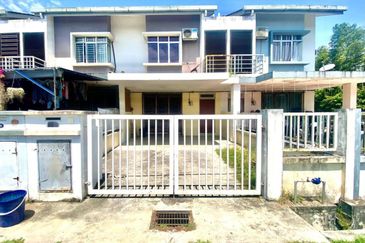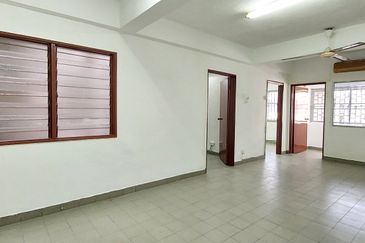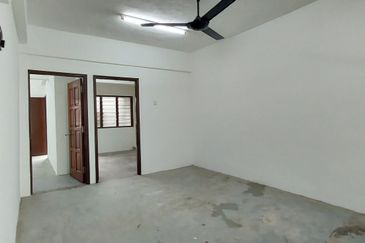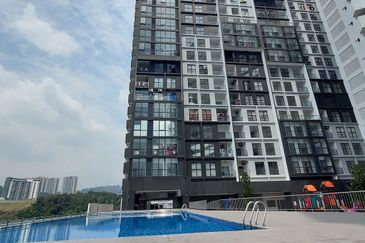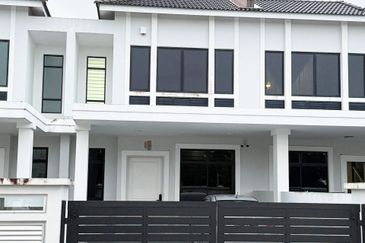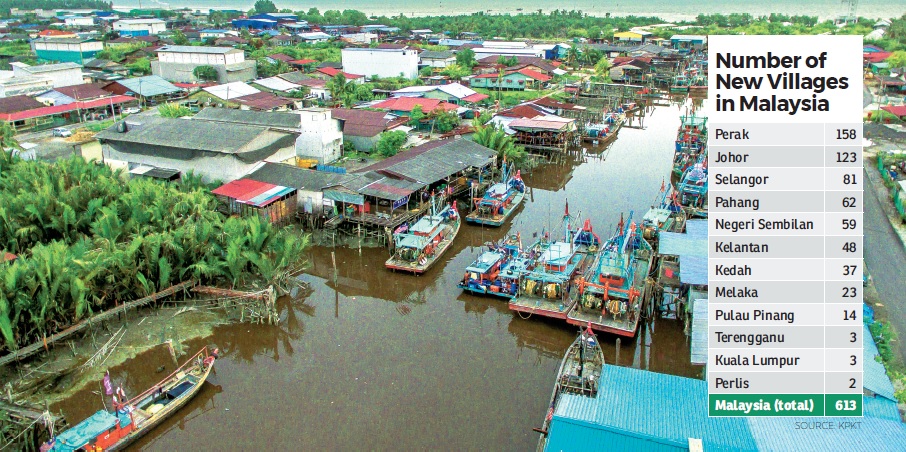
In attempting to rejuvenate an aging town or building, we could always demolish and rebuild from scratch. But sometimes, a better option in value creation could be to adopt conservation and place-making elements instead.
Take Japan for example, the former Samurai Districts such as Hagi, Kakunodate and Kanazawa have seen the preservation of centuries-old samurai mansions built during the Edo Period, and now these castle towns have become iconic heritage areas showcasing Japan’s cultural legacy.
In Taiwan, the old Shen Keng Street just outside Taipei City which was once populated by mainly tofu makers, is being restored to turn the 300m-long street into a Tofu Capital where one could taste all kinds of tofu, including both fermented and freshly-made bean curd, tofu ice-cream and the notorious stinky tofu.
In Malaysia, there are 613 new villages scattered over various states and according to the government, they are all facing similar problems – rural to urban youth migration, aging residents and poor infrastructure maintenance.
Housing and Local Government Ministry (KPKT) Special Functions Officer Chua Yee Ling, who is given the task of overseeing the rejuvenation of Chinese new villages says reviving the new villages is better than letting them deteriorate.
For instance, Sekinchan in Sabak Bernam District, Selangor, was once a fatigued small town but when village rejuvenation was initiated by the Sekinchan Tourism Association in 2008, to create value-added tourism related activities that leverage its local history and industries such as fisheries and agriculture, the town has become one of the most popular tourist spots in Selangor.
Chua says a successful village rejuvenation programme must be able to integrate local industries and heritage preservation with modern day life and progress.
“Many perceive rural development to mean building infrastructure like roads or to demolish the old and build new things. But these are all hardware development which doesn’t enhance the original features or essence of the particular place or new village,” she tells EdgeProp.my.
Chua was handpicked by Housing and Local Government Minister Zuraida Kamaruddin for the post to assist the ministry in rolling out its National Community Policy and the New Village Rejuvenation project.
Over the past two decades, Chua says a lot of money has been spent on infrastructure development in new villages such as setting up new community libraries, rebuilding drainage systems, roads and bridges or village entrance archways.
“The infrastructure can improve the living environment but it will not be sustainable if there is no socioeconomic growth,” says the former Kuala Sepetang assemblywoman who hails from Batu Pahat, Johor.
Attracting the young to New Villages
Of the 613 Chinese New Villages (or Xin Cun in Mandarin) in Malaysia, 436 were formed by the British colonial government, 134 were organised villages (kampung tersusun) while another 43 were fishing villages (kampung bagan).
Organised villages are resettlements of native villages built on government land for communities which have been displaced due to reasons such as natural disasters, government land acquisitions for infrastructure development or to improve the livelihood of a community.
“Every village has its historical value which is worth preserving. When we talk about quality living, New Villages have all the potential to attract young families to settle down there. They can provide an affordable option for new homebuyers,” says Chua.
“Furthermore, residents in New Villages are generally warm and hospitable, something those living in cities seldom experience,” she opines.
KPKT will be appointing 70 officers who will be in charge of their respective villages. They are to study and come up with rejuvenation proposals for each village.
“Rejuvenation is more than painting murals. As every new village is different, there can’t be a ‘one size fits all’ model. Thus, they [the officer] will need to do their research, engage with local stakeholders as well as local talent to find creative ways to revitalise the town,” emphasises Chua.
The proposed community activities must fulfil at least one of three objectives set by KPKT. They are: women’s empowerment, kids’ education, and improvement of living environment.
The ultimate goal is to create a sustainable model of preserving the village’s cultural features, to empower the community and revitalise the local economy as well as create a good quality living environment that could even attract the young to live and work in the New Villages.
Challenges in securing land titles
New Villages are often neglected by their residents. Though they may have lived there all their lives, many fail to obtain land ownership. This discourages them from treating the village as their own home and to preserve it for future generations.
As most New Villages have been formed pre-independence and with land issues coming under the jurisdiction of the respective states, there are no standard rules or guidelines for land ownership.
Some residents of New Villages in certain states have successfully obtained 99-year leasehold titles while some hold temporary operating licences (TOL) which have to be renewed annually or biannually.
Meanwhile, residents who live in villages that were built on forest or river reserves, cannot apply for land titles.
“Many have waited for decades for a land title but there are no guidelines or timeline as to when they could get one. There are also many cases of fraud where villagers, especially the elderly, fall victim to bogus agents who claim that they could get the land titles for them for a fee,” she adds.
According to Chua, many residents live in fear that the land they are on could be taken away anytime.
“Without a sense of belonging, it will be difficult to encourage residents to voluntarily protect and maintain the village. It needs strong political will [by state governments] to resolve the land issue, as it’s complicated and involves legalities and land surveys,” she says.
At the Federal government level, Chua notes that KPKT is now working on forming a land policy for New Villages which could be a guideline for the process of obtaining land titles as well as the future development direction of New Villages.
“The task of New Village development was only just given to us in September 2018. We will need to take at least one year to draft the policy due to the complexity of land issues,” she says.
Once the policy is formed, the land title application process will be more transparent, and efforts to rejuvenate New Villages could move forward regardless which political party helms the government in future, she adds.
Talent and ideas wanted
Besides funding, Chua has observed that creative talents and ideas are valuable resources for an effective rejuvenation scheme.
For instance, a community library would be meaningless if it was closed half the time because there was no one to take charge and organise activities for the children or the local community. Similarly, waste sorting bins are useless if the community is ignorant about the importance of separating their garbage, says Chua.
There are many good ideas out there but funds and manpower are lacking to carry them out, says Chua, while on the other hand, those in the private sector who are keen to contribute to society are finding it difficult to identify the areas that need their help. Hence, through cross-industry collaboration, KPKT aims to link both together to contribute to the same goal – to give life to New Villages.
Chua knows patience is needed in efforts to rejuvenate the New Villages and there may not be significant change within a short period. After all, it took more than 10 years for Sekinchan to transform itself from a quiet town to a vibrant eco-tourism village. Nevertheless, it is KPKT’s hope that it could help each village find its own model of growth and sustainability.
This story first appeared in the EdgeProp.my pullout on March 15, 2019. You can access back issues here
TOP PICKS BY EDGEPROP

Sunsuria Forum @ 7th Avenue
Setia Alam/Alam Nusantara, Selangor



